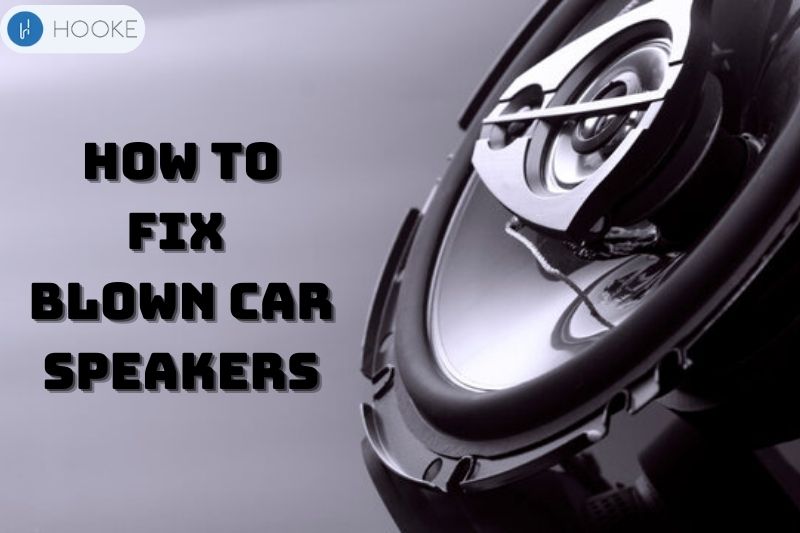If you’re experiencing a decrease in sound quality or other issues with your car’s audio system, it may be time to consider how to fix blown car speakers. Blown speakers can cause a variety of problems, from distorted or fuzzy sounds to no sound at all.
However, fixing blown car speakers can be a straightforward process with the right tools and techniques.
In this guide, Hookeaudio will explore the steps you can take to inspect, diagnose, and repair a blown speaker, as well as tips for preventing future damage to your car’s audio system.
Contents
What Is the Cause of a Blown Car Speaker?
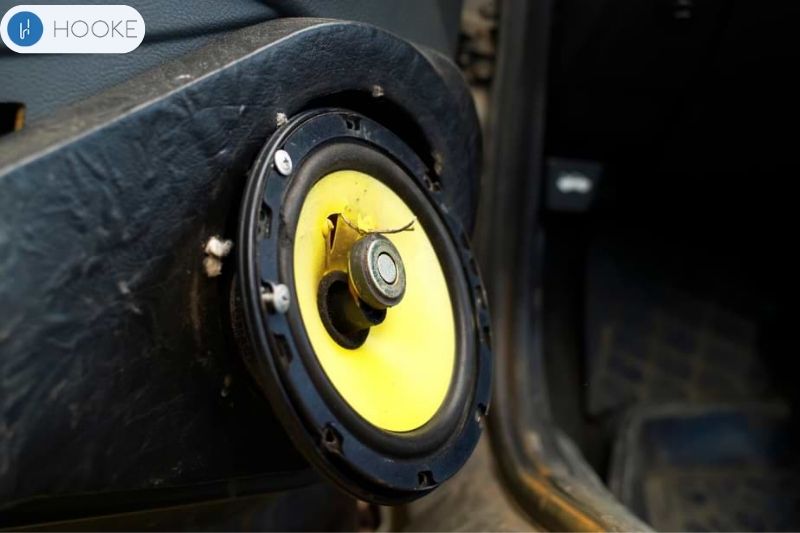
There are several possible common speaker problems, including:
- Overpowering: When a speaker gets too much power, the voice coil can boil and possibly melt or break. This can lead to a blown speaker.
- Distorted Audio: If you play music at a high speed or with distorted audio, the speaker may vibrate in an unnatural way. This could damage the speaker’s parts and cause the speaker to blow.
- Physical Damage: Speakers can be damaged by physical impact or exposure to moisture or extreme temperatures. This can cause the speaker’s components to fail or become misaligned, leading to a blown speaker.
- Age: Speaker materials degrade with time, causing performance loss or component failure.
If your car speaker is blown, it is recommended that you replace it with a new one rather than attempting to repair it.
How to Tell If A Speaker is Blown?
There are several ways to tell if a speaker is blown, including:
- Distorted Sound: A blown speaker may make crackling, popping, or distorted.
- No Sound: If you don’t hear any sound coming from the speaker, it could be a sign that it is blown.
- Low Sound: If the speaker is producing sound but it’s much lower than usual, it could be a sign that the speaker is blown.
- Buzzing or Rattling Sound: If the speaker buzzes or rattles, it may be blown and the voice coil is rubbing on the cone.
- Physical Damage: If you notice any physical damage to the speaker, such as tears or punctures in the speaker cone, it is likely that the speaker can be blown.
If you think your speaker is damaged, have a professional inspect it to decide if it needs to be replaced.
How to Fix Blown Car Speakers
Step 1: Inspect Your Speakers
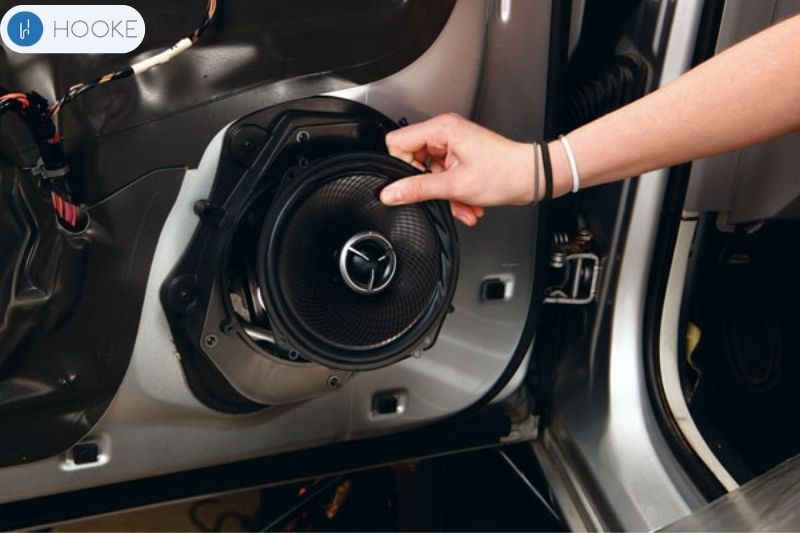
Inspecting your speakers is an important step in fixing blown speakers as it allows you to identify the root cause of the issue.
You can fix blown subwoofers by listening to the speaker, verifying the volume, inspecting the wiring, and looking for physical damage.
If the speaker is blown, you can replace it with a new one or have it repaired by a professional.
On the other hand, if the issue is with the wiring or amplifier, you can address those issues accordingly. By checking your speakers, you can avoid unnecessary repairs and find the real issue, saving time and money.
Here are some steps you can take to inspect your car speakers:
- Listen to the sound: Check for distortion, cracking, and popping in the speaker’s sound.
- Check the volume: If the volume is too high or low, the speaker’s performance may suffer.
- Check the wiring: Make that the speaker’s amplifier or head unit wiring is safe and undamaged.
- Check for physical damage: Look for any physical damage to the speaker, such as tears in the cone or cracks in the frame.
- Swap the speaker: Swap the suspected blown speaker with a working one to determine if the amplifier or head part is at fault.
Step 2: Determine Which Speaker Needs Fixing
Determining which speaker requires repair is essential to fixing blown automobile speakers.
By listening to each speaker, using balance and fade controls, visually inspecting each speaker, and swapping speakers if possible, you can isolate the problem to a specific speaker.
This can save you time and money by avoiding unnecessary repairs or replacements. It also ensures that the issue is fully resolved and that all of your car speakers are working properly.
You can improve your car audio system’s audio quality by locating the problem speaker.
Step 3: Remove Components
In some cases, it may be necessary to remove components to fix a blown speaker. Take out the speaker from its mounting point, unplug the wire, and disassemble the speaker to access the damaged parts.
Here are some steps you can take to remove components to fix the speakers:
- Disconnect the power: Before removing any components, unplug your car stereo to avoid electrical shocks.
- Remove the speaker grill: If your speaker has a grill, gently remove it to access the speaker.
- Remove the speaker: carefully without damaging surrounding components.
- Disconnect the wiring: Carefully disconnect the wiring that connects the speaker to the amplifier or head part.
- Disassemble the speaker: To access broken parts like the cone or voice coil, disassemble the speaker.
By removing components, you can gain access to the damaged parts and take the necessary steps to fix a blown speaker. To avoid damage, practice safety procedures and handle components carefully.
If you don’t feel safe removing parts on your own, it’s best to get help from a professional.
Step 4: Clean the Speaker
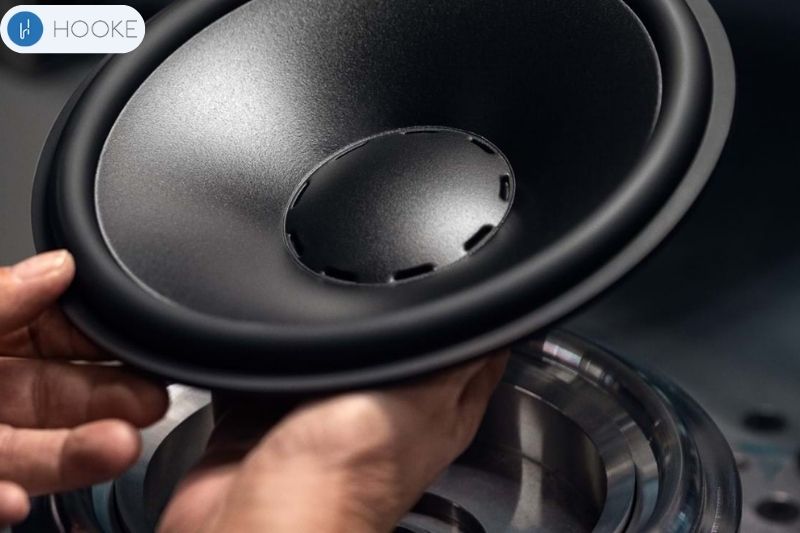
Cleaning the speaker removes dust, dirt, and debris that might impair performance. It also ensures proper reinstallation and minimal damage to its components.
After removing components, wipe the cone and surround with a gentle brush or cloth.
You can also use compressed air to blow away any dust or debris that may be difficult to reach. Be gentle when cleaning the speaker and avoid using any harsh chemicals that may damage the components.
By cleaning the speaker after removing components, you can ensure that it is working properly and restore its audio quality.
If you don’t feel comfortable cleaning electronic components yourself, hire a professional.
Step 5: Identify and Fix the Problem
After removing everything and accessing the speaker components, find and solve the fault that caused the speaker to blow. Here are some steps you can take to identify and fix the problem:
- Inspect the components: Look for any physical damage to the speaker, such as tears in the cone or voice coil. If you notice any damage, you may need to replace the damaged components.
- Check the wiring: Check the wiring for any loose connections or frayed wires. If you find any issues, you can repair or replace the wiring as needed.
- Check the amplifier or head unit: If it’s not the speaker or wiring, examine the amplifier or head unit. Make sure the volume levels are not too high, as this can cause the speaker to blow.
- Test the speaker: After fixing any issues, reconnect the speaker and test it to make sure it is working properly. Play music or test tones through the speaker and listen for any distortion or popping sounds.
You can prevent the speaker from blowing again by finding and addressing the problem.
If you’re not comfortable doing the repairs yourself, hire a pro.
Step 6: Test the Speaker
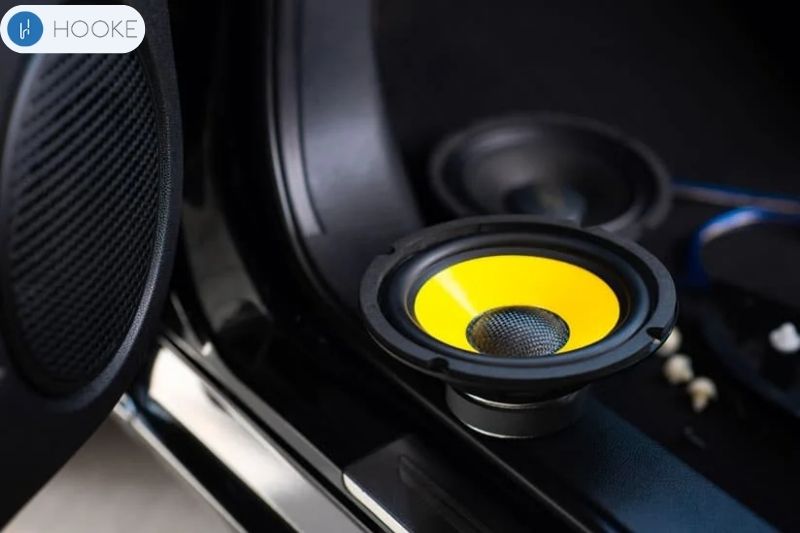
Testing a blown automobile speaker is the last step after fixing or replacing it. Playing music or test tones through the speaker checks for distortion, popping, and other faults.
To make sure your car audio system’s speakers operate, set the balance and fade controls.
If the speaker has issues, check the wiring and components.
Testing the speaker guarantees your car audio system works properly and you get the best stereo quality.
How to Avoid Blowing Your Speakers
To avoid speaker blown out, there are some important steps you can take.
- First, playing music at full power might distort and damage your speakers. Keep the volume at a reasonable level to prevent damage.
- Secondly, use high-quality audio files to ensure that you get the best possible sound. Low-quality audio files can cause distortion and affect the performance of your speakers.
- Thirdly, adjust your car audio system’s balance and fade controls to equally distribute music over all speakers.
- Fourthly, check the wiring for any loose connections or frayed wires. Make sure that the wiring is properly connected and in good condition.
- Finally, choose speakers that work with your car’s audio system and can handle your amplifier or head unit’s power.
Follow these techniques to protect your car speakers and get the greatest sound from your car audio system.
When Do You Need to Replace Your Car Speakers?
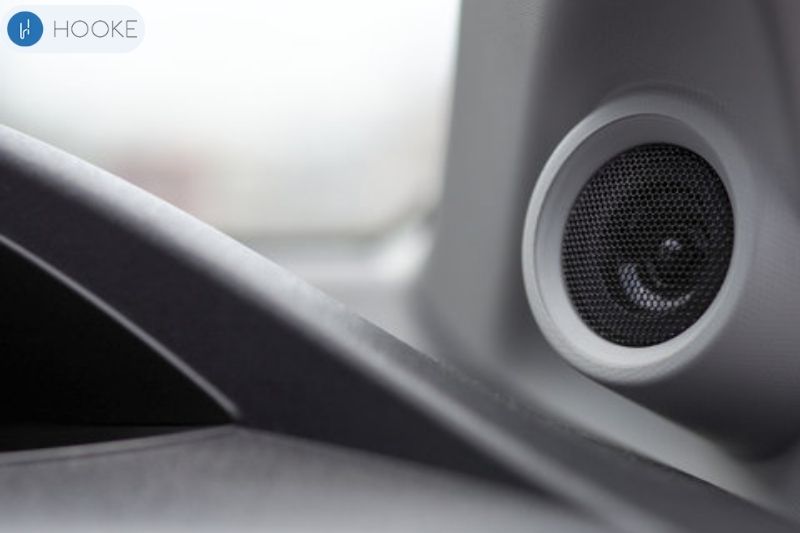
There are several signs that indicate that it may be time to replace your car speakers. Here are some common signs to look out for:
- Distorted sound: If your automobile speakers sound distorted or fuzzy, replace them. This can be caused by damage to the speaker cone or other components.
- Reduced volume: If your automobile speakers are losing loudness, they may need to be replaced.
- Lack of clarity: If the sound from your car speakers lacks clarity or detail, it could be a sign that they are no longer performing at their best.
- Rattling or buzzing sounds: If your car speakers are producing rattling or buzzing sounds, it could be a sign that the speaker cone is damaged or loose.
- Age: Over time, car speakers can wear out and lose their ability to produce high-quality sound. If your car speakers are several years old, it may be time to replace them.
These indications may indicate that your car speakers need replacing. Upgrading car speakers improves sound quality and driving pleasure.
FAQs
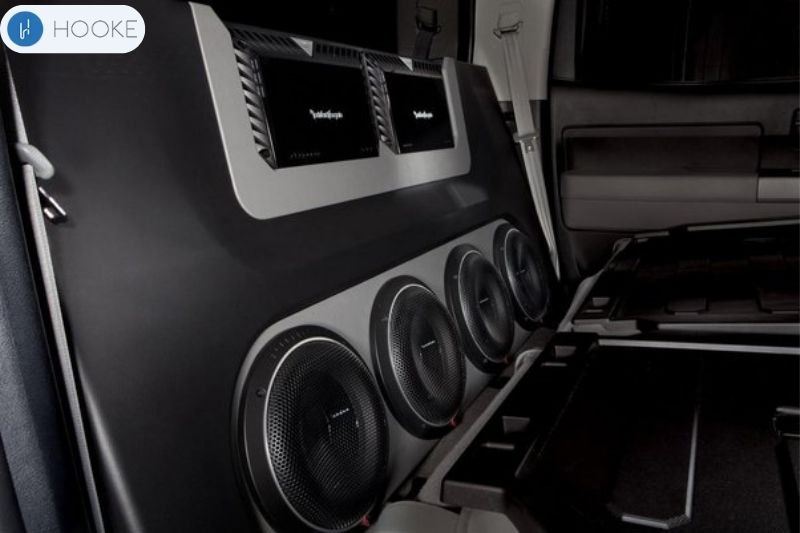
Can you fix a blown speaker?
Depending on the damage and your expertise, a blown speaker can be repaired. If you’re not a speaker repair expert, take it to a pro.
What does a blown speaker sound like?
A blown speaker can sound like distorted or fuzzy audio, crackling, popping, or scratching noises, or a lack of clarity and detail in the sound. In some cases, the speaker may produce no sound at all.
The sound of a blown speaker depends on the damage, although it usually sounds worse.
What do blown speakers look like?
Blown speakers may not always look visibly different from working speakers. However, in some cases, you may be able to see physical damage to the speaker cone, such as tears or holes. The speaker may also produce a rattling sound if the cone is damaged or loose.
How do you fix a crackling speaker?
To fix a crackling speaker, you can start by inspecting the wiring and connections for any loose or damaged parts.
You can also clean the speaker cone and other components to remove any dust or debris that may be causing the crackling sound. If the problem persists, you may need to replace the speaker or take it to a professional for bluetooth speaker repairing.
Read more:
Conclusion
Fixing a blown speaker is crucial to maintaining your car’s audio system and sound quality.
This tutorial will help you evaluate and diagnose truck speakers, clean and replace broken parts, and test them.

